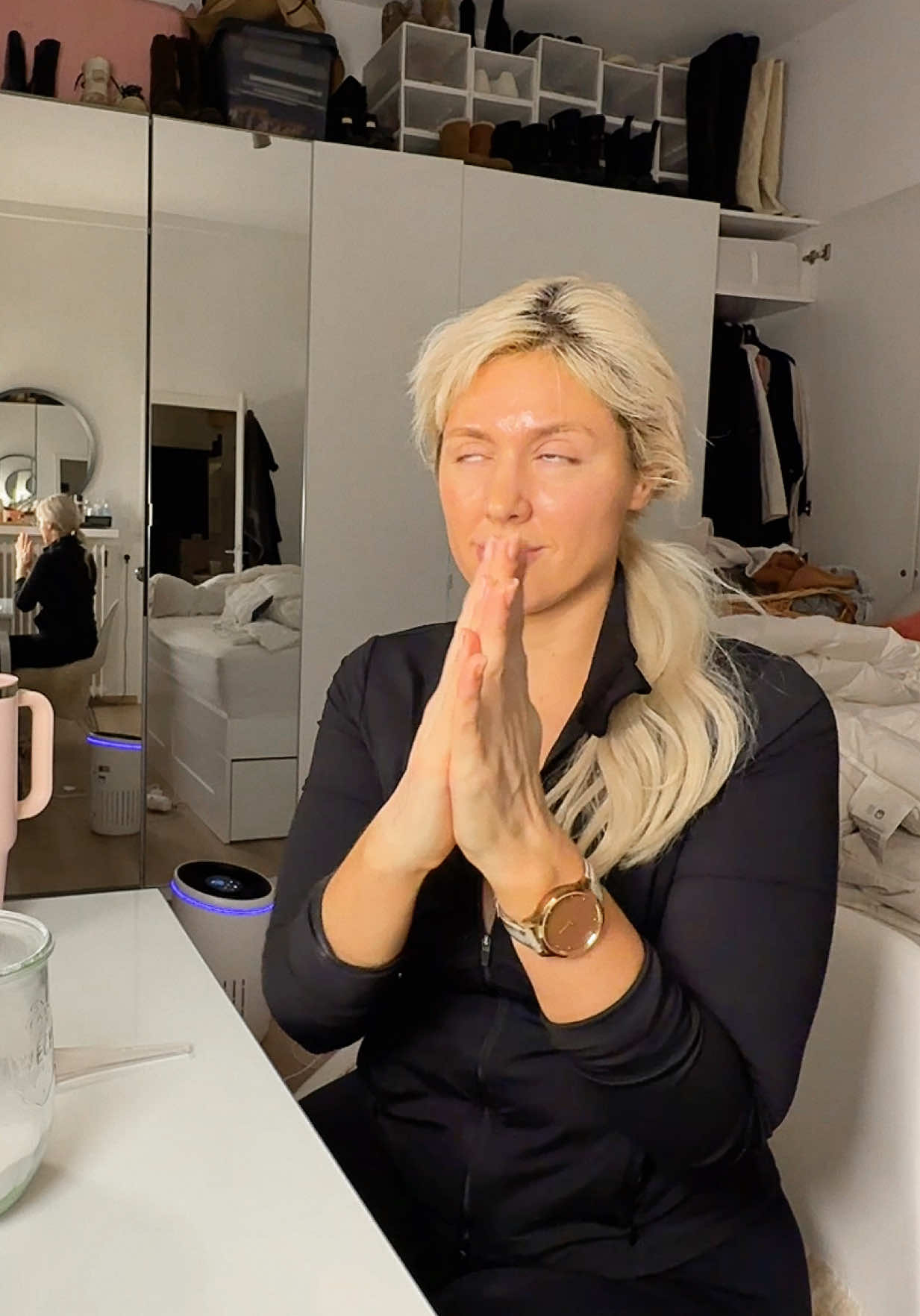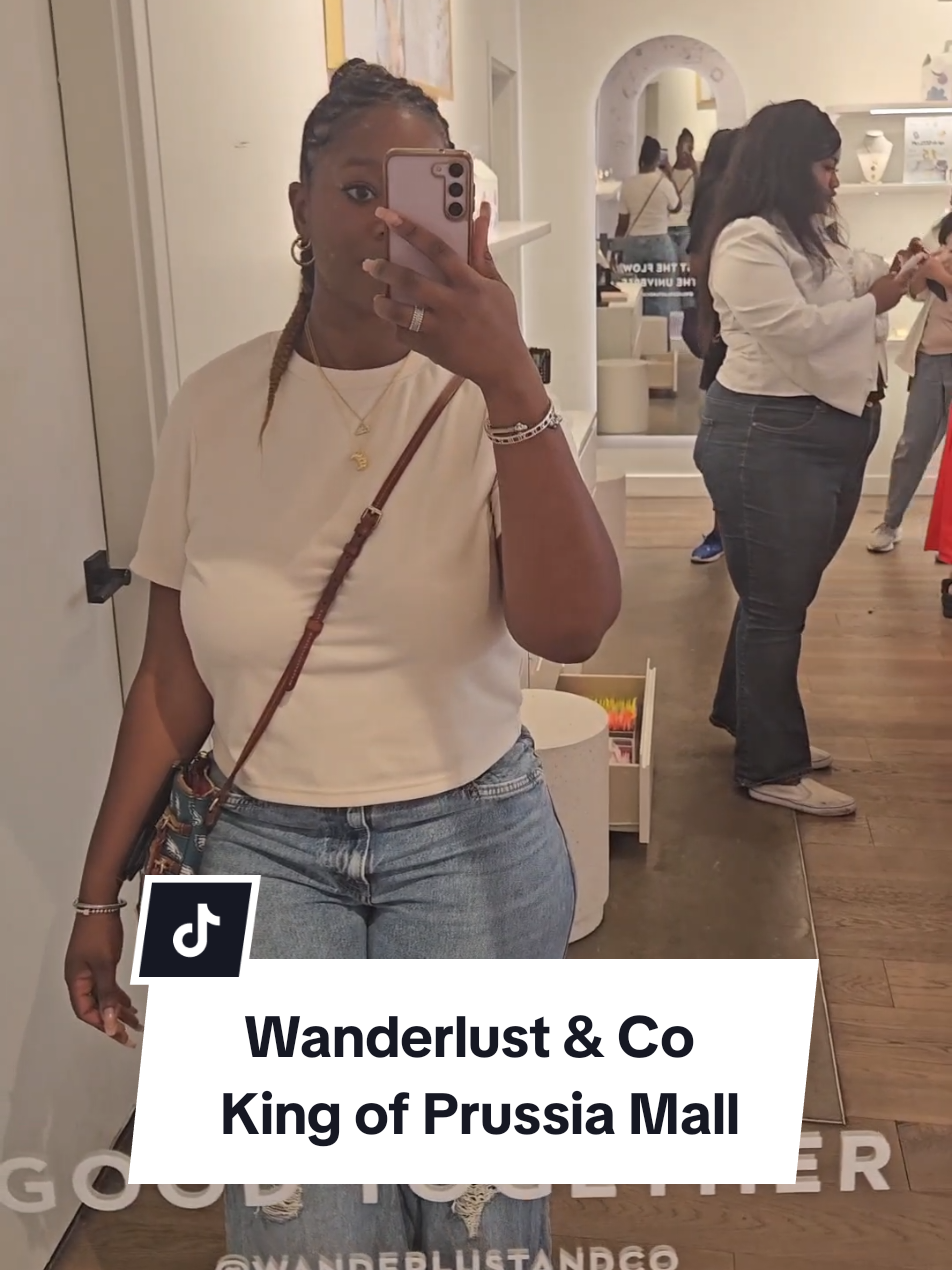Zircont
Region: ID
Saturday 01 November 2025 07:37:57 GMT
35915
2061
17
19
Music
Download
Comments
HANSKT :
2025-11-01 12:58:23
9
Hiloo :
gelo beneran beli dia
2025-11-01 09:46:47
21
nnaelll :
first
2025-11-01 08:06:42
2
RaffiAk :
gelooo strategi dean mencuci otak piwer,dia upload broadcast editan lambo seolah olah g class nya editanjuga padahal yg g class rill🔥🔥🔥
2025-11-01 10:30:42
68
nvl×adr :
g class = gerlong class, mahal mahal
2025-11-01 15:16:10
1
UCHIHA CLIPS :
geloo dewa beras gerlong
2025-11-01 09:02:25
11
Haritsss :
Aseli bro
2025-11-01 17:24:27
0
A :
g class check🗿
2025-11-01 12:18:40
1
fff :
dewa beras gerlongg ath
2025-11-01 11:23:41
4
Azka :
bocor2
2025-11-01 10:02:21
3
RalX – :
🥰🥰🥰
2025-11-01 12:24:02
3
Raven🏴 :
@ade mass sama aja rupanya
2025-11-01 09:53:52
4
Kibo.co :
@DEANKT gausah nyapu, udah akuin aja kali ini masssss gapapaaaa kok kita gabakal ngomong “disitu ada ceban gua” gabakal masss🙏🏻 udh gapernah libur live, udah #mlbbidcreator, open mabar juga, semua demi bikin teh nonput, xander&walter seneng kan mas🥰
2025-11-01 12:50:00
0
To see more videos from user @zircont0, please go to the Tikwm
homepage.





